Once reunited with my passport I began the penultimate leg of my journey to Beijing.
Sven and I had discussed a route that would take us north to Inner Mongolia and within reach of the great wall. But which one should we go for ? There are many myths concerning the wall.
It cannot be seen from space.
It is not a continuous wall that stretches over the entire border of northern China.
There are more than one. In fact about twelve different walls built at various times by different people, albeit for the same purpose.
Sven and I had discussed a route that would take us north to Inner Mongolia and within reach of the great wall. But which one should we go for ? There are many myths concerning the wall.
It cannot be seen from space.
It is not a continuous wall that stretches over the entire border of northern China.
There are more than one. In fact about twelve different walls built at various times by different people, albeit for the same purpose.
The route we had planned would take us about 1600 kilometres before reaching Beijing, and as Sven has less time on his visa than I do we were aiming to reach Beijing in 13 days. Taking in a rest day with Jan, our Mongolian host in ,Dongsheng that meant about 130 kilometres per day. Not too bad if the weather and roads are favourable, but quite a slog over bad roads if it rains. Following road number 109 was straight forward enough as it was the only road apart from the new expressway that headed north. As well as Svens time constraint his budget is also tighter than mine so instead of basking in the luxury of hotels and guest houses each night I am using my tent more and even sleeping in the open air on one or two occasions. Finding a suitable place to sleep each night is not always easy though. Disused or unfinished buildings are usually good places as they provide a roof should the weather disappoint, but sometimes the tent/open air are preferable as well as more convenient. And some of the places that we find ourselves in the evening have proven to be some of the best campsites I have ever used.
With so many kms to cover our riding days began early and lasted until about 7 pm when we begin to look for a suitable place to sleep. Darkness arrives around 8 – 8.30. Meals are cooked on an open fire at night, gas for porridge in the morning. During the days we stop numerous times for cold drinks and ice-creams, one day setting a new record for the both of us, 7 ice lollies in one riding day, three in one session. And they are cheap too. Even around the tourist spots such as the tomb of the yellow emperor or the Genghis Khan mausoleum there are always cheap places to eat if you look and bargain hard enough.
Leaving Xian was the worst part of this leg of the journey. The road was congested with traffic, poorly singposted at times and very dusty. But once away from the city things got easier and quieter until we reached the climb over the hills north of Xian. Neither of us had noticed these on the maps,and were looking at eachother quizzically for quite a while until our direction was confirmed with more signposts. The climb took us all afternoon but was rewarded the following days by a valley that dropped steadily almost all day and turned into the greatest number of kilometres covered in one day at 207.
A welcome rest day in Dongsheng with Jan found us paying a visit to the Mongolian horse races. Her friend had three horses racing that day, but with little success. We walked around the tourist fair too, and found a coconut shy with a difference. On the shelves were small cages with rabbits or birds inside. You had seven sand filled bags to throw at the cages in an attempt to knock them off the shelf. If successful you get to keep the rabbit or bird. It seems that animal cruelty is not something that the Chinese worry themselves about too much.
Dongshen was just a brief stop for us on our way to Beijing. We were now north of this areas section of walls but as yet we had not seen any of it. There are plenty of prominent and renovated, as well as un-renovated sections to the north of Beijing, and it was here that we were expecting to see the typical vista of the wall snaking its way over the mountains. It's been a life-long ambition of mine to see and to walk upon the Great Wall of China, and with Beijing beginning to appear on road signs the trip has suddenly taken on a new level of significance.
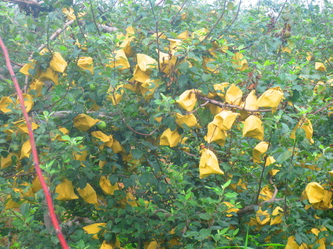
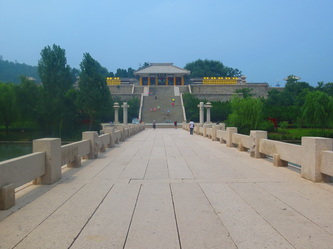

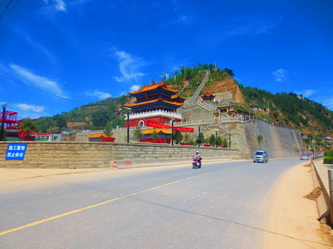


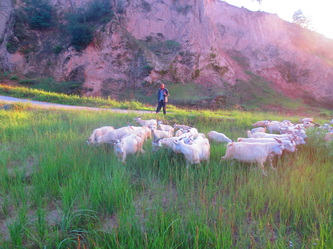
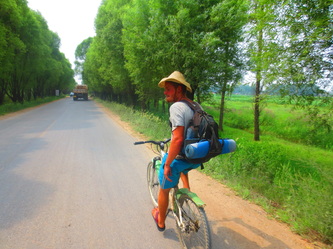

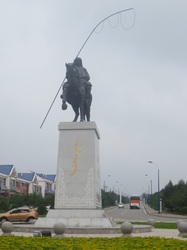
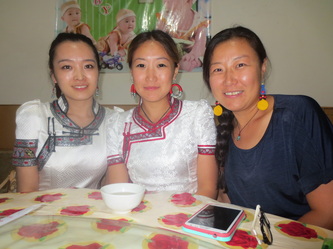


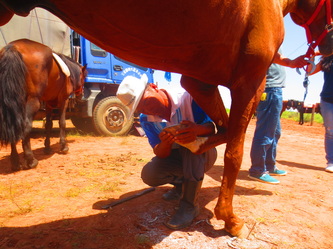
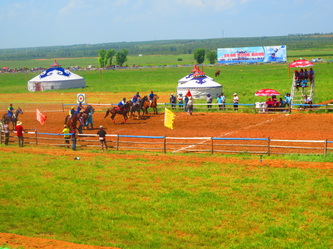

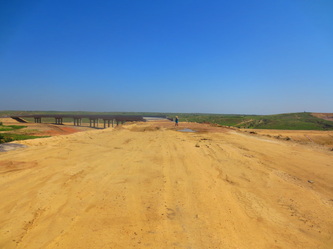
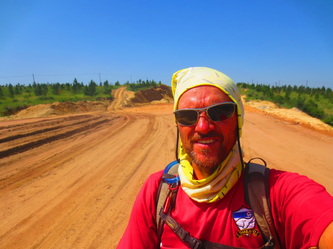




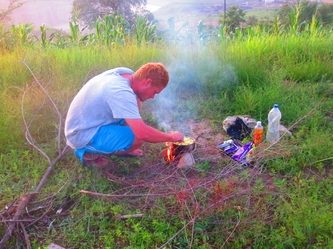
 RSS Feed
RSS Feed